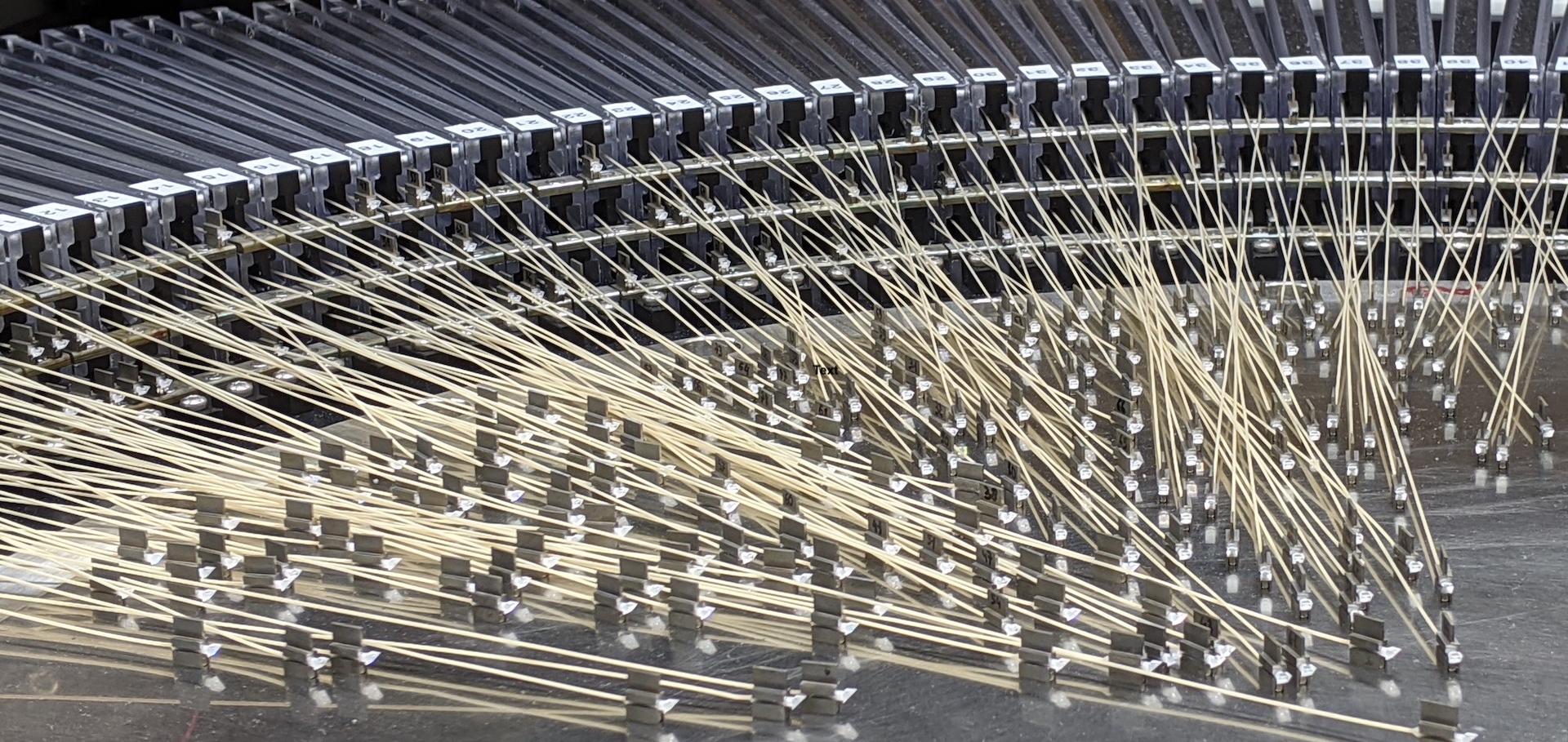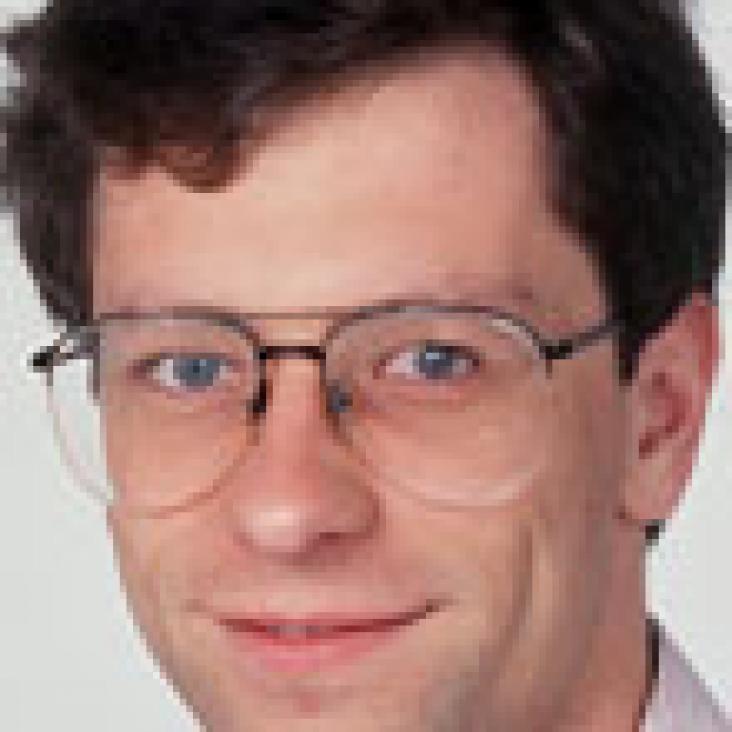The ELT-MOS (MOSAIC): Towards the construction phase
Abstract:
When combined with the huge collecting area of the ELT, MOSAIC will be the most effective and flexible Multi-Object Spectrograph (MOS) facility in the world, having both a high multiplex and a multi-Integral Field Unit (Multi-IFU) capability. It will be the fastest way to spectroscopically follow-up the faintest sources, probing the reionisation epoch, as well as evaluating the evolution of the dwarf mass function over most of the age of the Universe. MOSAIC will be world-leading in generating an inventory of both the dark matter (from realistic rotation curves with MOAO fed NIR IFUs) and the cool to warm-hot gas phases in z=3.5 galactic haloes (with visible wavelenth IFUs). Galactic archaeology and the first massive black holes are additional targets for which MOSAIC will also be revolutionary. MOAO and accurate sky subtraction with fibres have now been demonstrated on sky, removing all low Technical Readiness Level (TRL) items from the instrument. A prompt implementation of MOSAIC is feasible, and indeed could increase the robustness and reduce risk on the ELT, since it does not require diffraction limited adaptive optics performance. Science programmes and survey strategies are currently being investigated by the Consortium, which is also hoping to welcome a few new partners in the next two years.The hardware control system for WEAVE at the William Herschel telescope
Abstract:
When an alt-azimuth telescope is tracking at a specific field, it is necessary to use a de-rotator system to compensate the Earth’s rotation of the field of view. In order, to keep the telescope tracking the field of view selected, the instrument will need to a rotation system for compensating it [1]. The new WEAVE [2] two degrees field of view requires a new field de-rotator on the top-end of the telescope. The rotator system has been designed with a direct drive motor which eliminates the need for mechanical transmission elements such as gearboxes, speed reducers, and worm gear drives. This design is a huge advantage for the system performance and lifetime because it eliminates undesirable characteristics such as long-time drift, elasticity, and backlash. The hardware control system has been developed with a Rockwell servo-drive and controller. The rotator has to be controlled by the high-level software which is also responsible for the telescope control. This paper summarizes the model developed for simulating and the software which will be used to accept the rotator system. A performance study is also carried out to test the CIP (Common Industrial Protocol) for communications between the high-level software and the rotator hardware.Thermal and mechanical design and test of the CCD mount for the WEAVE spectrograph cryostats
Abstract:
WEAVE is the new multi-object spectrograph for the William Herschel Telescope on La Palma. The culmination of prime focus, the large number of fibers and the wide resolution range has required a stringent optical design, which in turn demands a spectrograph with tight positional tolerances and large final focal plane. To capture this focal plane each of the two cryostats has two e2v 6k x 6k CCDs mounted as a mosaic. As well as being cooled to 150K via liquid nitrogen, the positional tolerances for the sensitive areas are flatness 60μm p-v over the entire image area, rotation around X and Y axis ±50 arcmin, translation in X, Y and Z ± 50 micron.
We have used a Stil confocal measuring head mounted on two Thorlab translation stages to create a X,Y mount, controlled by a Raspberry Pi that is capable of recording measurements in Z to better than 1μm accuracy. This is used to measure the flatness and deformation of the image area under vacuum, and when cooled to 150K and the overall tip and tilt of the image plane to ensure they meet specification and are repeatable.
In addition to this measuring system, we use a Thorlabs CMOS camera with a Navitar 50mm lens to ensure each CCDs image area is within specification with regards X and Y translation.
In order to satisfy the above requirements, we designed the CCD mount to be adjustable (on initial setup), correctly constrained, isolated from liquid nitrogen boil-off vibration, and thermally insulating.
VIRUS: status and performance of the massively-replicated fiber integral field spectrograph for the upgraded Hobby-Eberly Telescope
Abstract:
The Visible Integral-field Replicable Unit Spectrograph (VIRUS) consists of 156 identical spectrographs (arrayed as 78 pairs, each with a pair of spectrographs) fed by 35,000 fibers, each 1.5 arcsec diameter, at the focus of the upgraded 10 m Hobby-Eberly Telescope (HET). VIRUS has a fixed bandpass of 350-550 nm and resolving power R~750. The fibers are grouped into 78 integral field units, each with 448 fibers and 20 m average length. VIRUS is the first example of large-scale replication applied to optical astronomy and is capable of surveying large areas of sky, spectrally. The VIRUS concept offers significant savings of engineering effort and cost when compared to traditional instruments.
The main motivator for VIRUS is to map the evolution of dark energy for the Hobby-Eberly Telescope Dark Energy Experiment (HETDEX‡), using 0.8M Lyman-alpha emitting galaxies as tracers. The VIRUS array has been undergoing staged deployment starting in late 2015. Currently, more than half of the array has been populated and the HETDEX survey started in 2017 December. It will provide a powerful new facility instrument for the HET, well suited to the survey niche of the telescope, and will open up large spectroscopic surveys of the emission line universe for the first time. We will review the current state of production, lessons learned in sustaining volume production, characterization, deployment, and commissioning of this massive instrument.


